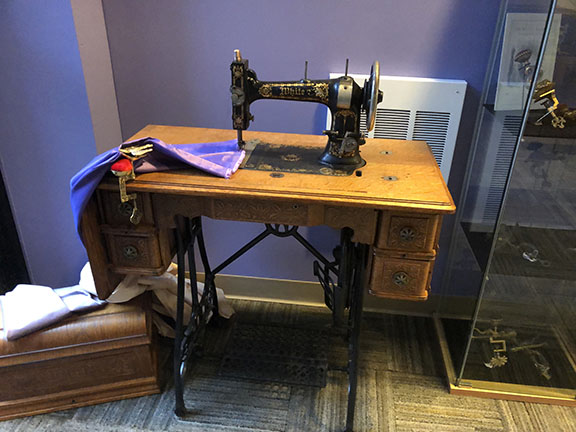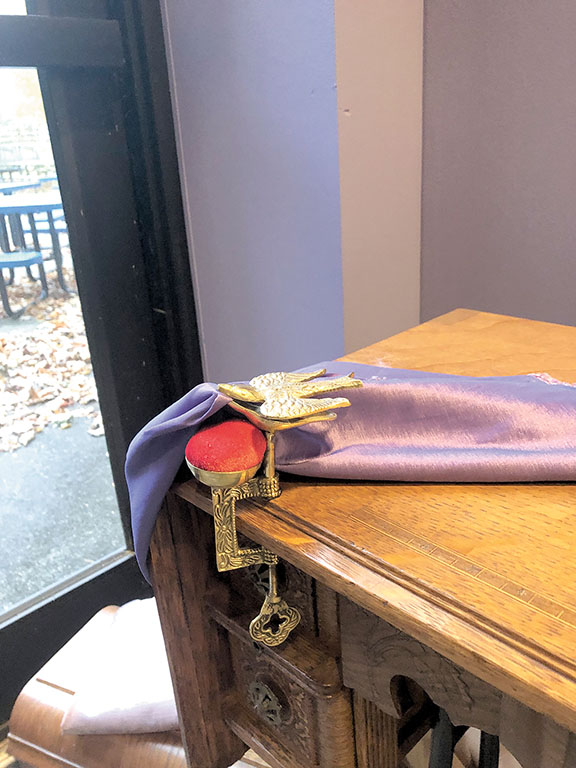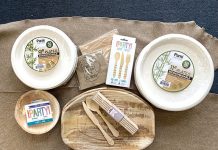
By Judy O’Gorman Alvarez
It may not be as romantic as a sparkly piece of jewelry or even a box of chocolates, but at one time young men gifted their brides-to-be with a sewing bird, an antique tool designed for hand sewing.
Monmouth Museum’s extensive collection of sewing birds offers a glimpse of 19th- century life through these interesting historical artifacts.
A sewing bird, also called a sewing clamp, was used in the 18th century to attach one end of a piece of cloth firmly to a table to hold it taut, acting as a “third hand” as one sewed. Before the invention of the sewing machine, clothing, sheets and just about everything was sewn by hand.
These devices didn’t gain popularity in the U.S. until the mid-19th century where they were called “grippers.” They were a luxury item, presented by the future groom to his intended bride months before the wedding.
The idea was that the whimsical little sewing bird would remind the betrothed young woman of her fiancé – as she traced, snipped and sewed the items for her bridal trousseau and perhaps even her wedding dress. “The little birds were regarded as a sign of affection, and became established as a luxury wedding present from groom to bride,” according to the museum’s display.

“It was very much a sign of affluence in society,” said Erika Schaefer, executive director of the Monmouth Museum in Lincroft. The wealthier the couple, the more ornate the sewing clamp.
After the invention of the sewing machine the need for grippers waned but they were still manufactured as novelties. The Singer Sewing Machine Company produced a few as late as 1980.
The items in Monmouth Museum’s collection are not all avian creations. Among the array are deer, dogs, fish, frogs, snakes, dolphins, cherubs and people. There are also birds with or without a pin cushion, on a spindle or not; small thread winders, spool holders, netting hooks and rug braiders were also common. Most were made of polished and turned wood or iron. Victorian clamps were made of brass, iron, steel and painted wood.
The ample collection was willed to the museum by Eugenie Bijur of Long Branch, who accumulated the sewing clamps and related items on her travels with her husband, an antique collector. It is the Monmouth Museum’s only permanent collection.
The collection had previously been easy to overlook but, when Schaefer heard the museum’s collection was second only to the Smithsonian’s, she said, “We’ve got to highlight this.”
The items are now housed in a room of their own, with lighted cases and other artifacts like the antique sewing machine provided by the Monmouth County Historical Association. Schaefer hopes to expand on the room and amass more items for the collection.
Also on display is a wedding gown from 1880 worn by a bride in David City, Nebraska, and a photo of the bride in her gown with her new husband. Although no one knows if she used a sewing bird to create her gown, it’s a possibility.
The article originally appeared in the February 10 – 16, 2022 print edition of The Two River Times.














